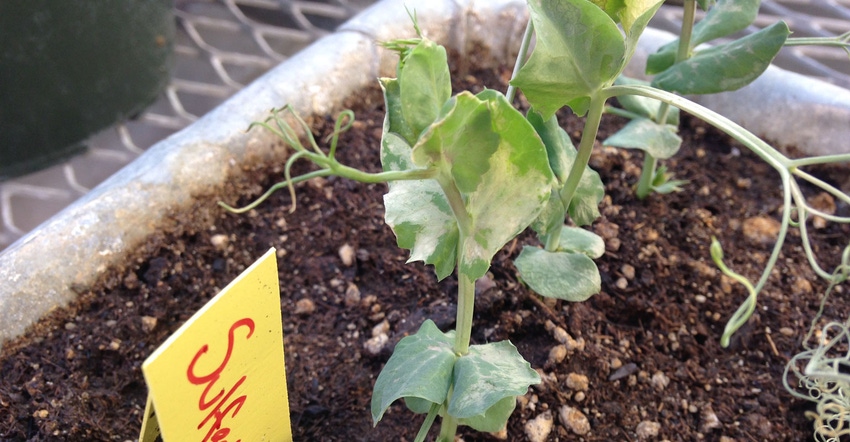January 14, 2021

Crop protection products are an important part of farm production, but herbicides can cause trouble if they miss the desired target. A new booklet from Montana State University Extension provides insight into diagnosing herbicide injury on plants.
Noelle Orloff, a diagnostician in the Schutter Diagnostic Lab, notes that sometimes herbicides can injure desired plants. "This injury is referred to as non-target injury, or damage to plants other than the target weeds intended to be controlled by a herbicide application."
She adds that non-target herbicide injury is a continuing concern in Montana. For example, plant samples assessed for herbicide injury symptoms by MSU's Shutter Diagnostic Lab rose 90% from 2013 to 2018, from 60 to 115 samples annually.
The new guide is part of a response to help MSU Extension agents and others diagnose injury issues. Orloff says diagnostics can be difficult because symptoms can look like those caused by insects, disease or weather conditions. Another goal of the guide is to help pesticide applicators understand and prevent common causes of non-target herbicide injury.
The guide describes common causes of non-target herbicide injury, such as herbicide drift and herbicide carryover; operator error and faulty application equipment; and environmental and plant factors that make herbicide injury more likely.
It summarizes how to prevent crop injury, then describes how to diagnose herbicide injury, including a list of evidence to gather and questions to ask. It also includes a key to plant symptoms, and photos and descriptions of plant symptoms for different types of herbicides. The guide is written by Orloff, MSU Extension invasive plant specialist Jane Mangold, and MSU Extension cropland weed specialist Tim Seipel.
A spiral-bound copy of the booklet (EB0232) is available from the MSU Extension Distribution Center. A nominal shipping charge will be applied. Orders may be placed by visiting store.msuextension.org or calling 406-994-3273. The booklet is also available as a downloadable PDF.
Source: Montana State University. The source is solely responsible for the information provided and is wholly owned by the source. Informa Business Media and all its subsidiaries are not responsible for any of the content contained in this information asset.
You May Also Like




